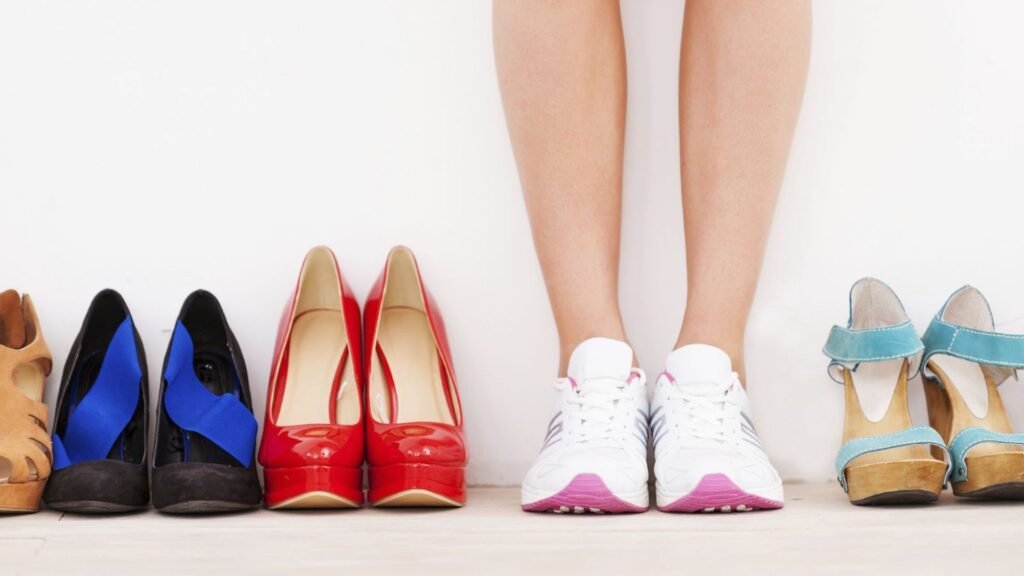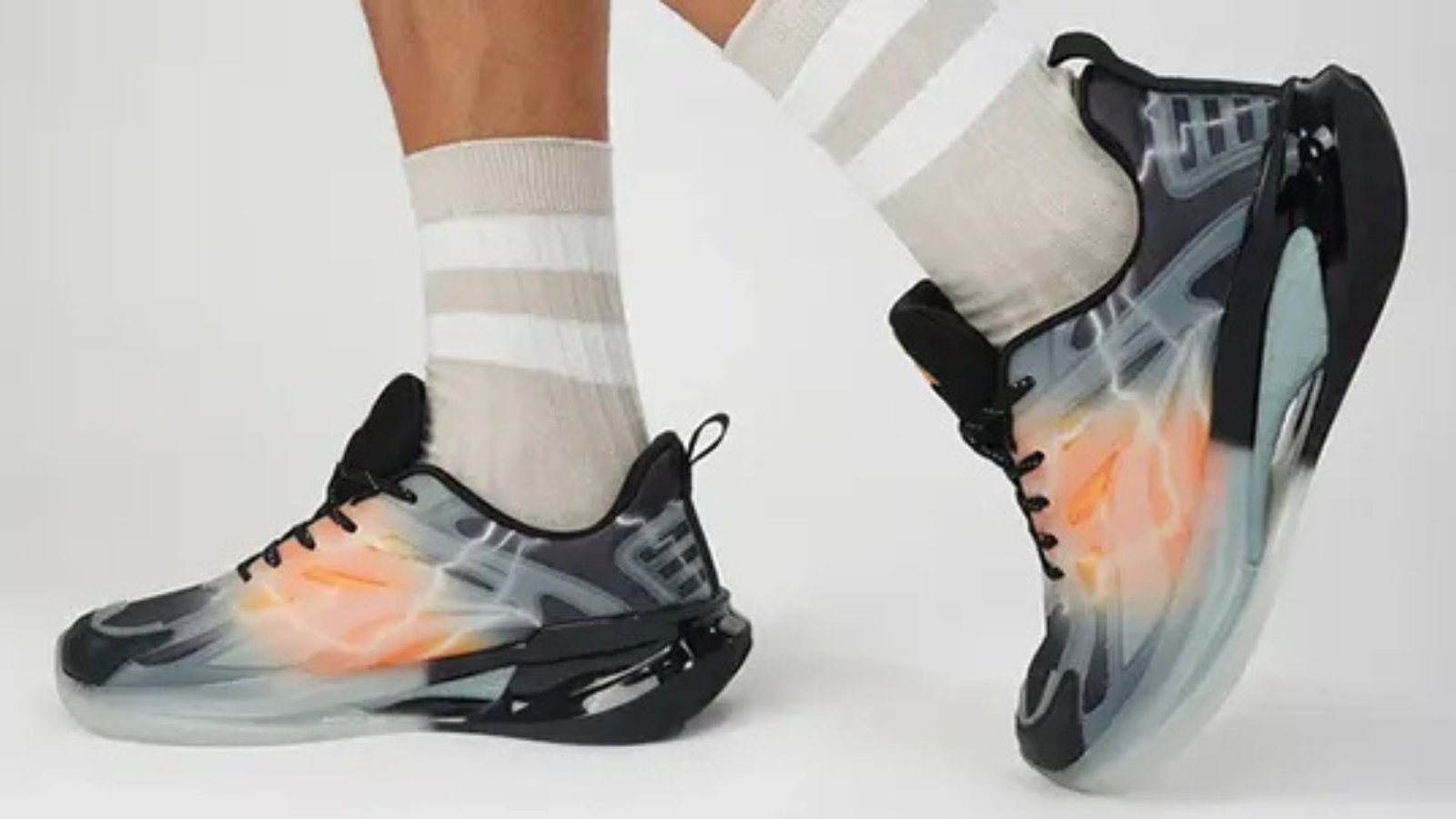Finding the perfect pair of shoes can be a challenge, especially when it comes to balancing comfort, durability, and style. The right shoes not only support your feet but also ensure that you get the most out of your investment. Whether you’re shopping for everyday wear or special occasions, knowing what to look for will help you make smarter choices. Here’s a step-by-step guide on how to shop for shoes that fit well and last longer.

Why is Finding the Right Fit Important?
Properly fitting shoes are crucial for foot health. Ill-fitting shoes can cause a range of issues such as blisters, bunions, and even long-term problems like misalignment and pain. The right fit:
- Reduces foot strain and discomfort.
- Helps prevent injuries like sprains or fractures.
- Promotes overall foot health, ensuring a more comfortable walking or running experience.
How to Measure Your Feet Correctly?
Before you even step into a shoe store or begin shopping online, it’s essential to know your exact foot size. Foot sizes can change over time, so make sure to measure your feet regularly. Here’s how to measure your feet at home:
- Step 1: Place a piece of paper on the floor against a wall and stand on it with your heel touching the wall.
- Step 2: Trace the outline of your foot on the paper using a pencil.
- Step 3: Measure the distance from the heel to the longest toe for length and the width across the widest part of your foot.
- Step 4: Use a sizing chart to find your correct shoe size based on the measurements.
What to Look for in Shoe Fit?
When trying on shoes, focus on several key fit factors to ensure comfort and longevity:
- Length: Your toes should have a little space to move, but not so much that they slide forward. A good rule of thumb is to have about a half-inch of space between your longest toe and the shoe’s toe box.
- Width: Shoes should fit snugly around the sides of your feet without pinching. If the shoe feels tight on the sides, it could lead to discomfort or blisters. Some brands offer shoes in various widths to accommodate different foot shapes.
- Arch Support: Choose shoes that provide adequate support for your arch. People with flat feet or high arches should look for shoes that offer additional arch support to prevent strain.
- Heel Fit: The heel of the shoe should hug your foot securely without slipping. Shoes with a firm heel counter provide stability and reduce the risk of blisters or chafing.
How to Choose Shoes for Durability?
Durability is one of the most important factors when buying shoes. Here’s what to consider to ensure your shoes last:
- Material: Leather, suede, and high-quality synthetic fabrics tend to be more durable than cheaper alternatives. Leather shoes, in particular, mold to your feet over time, providing a custom fit while offering excellent longevity.
- Sole Construction: Look for shoes with sturdy, non-slip soles. Rubber soles are typically durable and offer better traction. If you’re buying athletic shoes, ensure the sole provides shock absorption, which will help preserve the shoes longer.
- Stitching: Inspect the stitching around the shoe. Double stitching or reinforced seams are signs of quality craftsmanship. Avoid shoes with loose or poorly sewn seams, as these can lead to quick wear and tear.
- Brand Reputation: Stick to trusted brands known for their durability. Brands like Nike, Adidas, Timberland, and Dr. Martens are known for their long-lasting designs and quality materials.
Conclusion
Shopping for shoes that fit well and last doesn’t have to be difficult. By focusing on proper sizing, high-quality materials, and durability, you can make smarter decisions when buying shoes. Whether you’re looking for everyday sneakers, formal shoes, or athletic footwear, the right pair will not only support your feet but also stand the test of time. Remember to follow these tips for choosing, fitting, and caring for your shoes to ensure you get the most out of every purchase.











